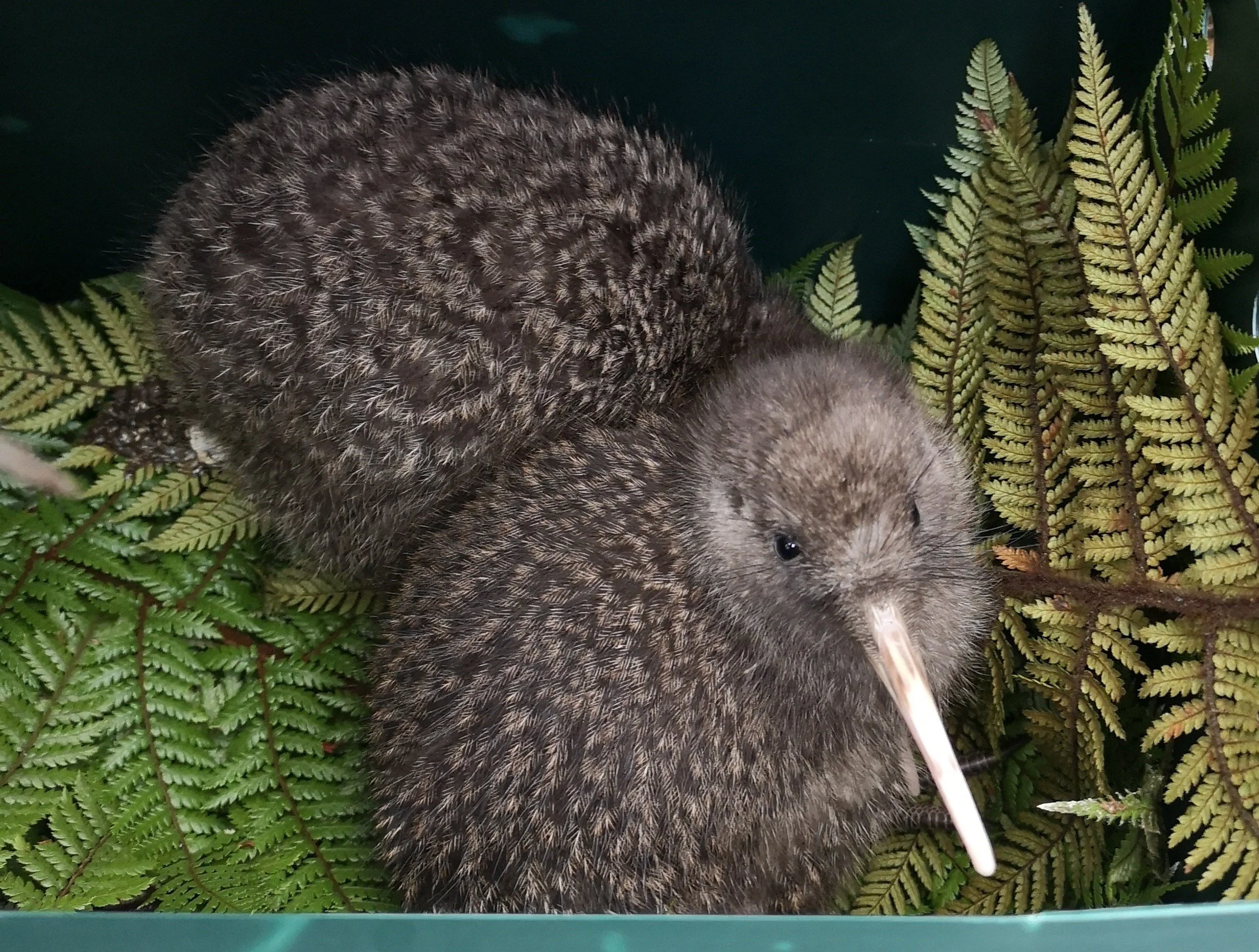
Roroa/Great spotted kiwi
The Paparoa Wildlife Trust works extensively with roroa through Operation Nest Egg (ONE) and regular monitoring of kiwi in the southern Paparoa Range.
Roroa are classified as ‘Nationally vulnerable’ which means they face a high risk of extinction in the medium term. There are currently around 14,000 roroa living in 3 main populations in New Zealand’s South Island. The species is thought to be declining at a rate of 1.6% each year.
Scientific name: Apteryx maxima
Relatives: ratites – ostrich, emu, cassowary, rhea, moa (extinct)
Average Lifespan: 30–40 years
Habitat: subalpine grasslands or forests of the South Island of New Zealand
Description: pear-shaped body, long slender bill, short strong legs, 3 powerful toes, soft hair-like charcoal grey to light brown feathers mottled with white, no visible wings
Behaviour: flightless, nocturnal, sleeps in a burrow, fiercely territorial
Size: 45cm tall, 2.4kg (male), 50cm tall, 3.3kg (female)
Voice: Male great spotted kiwi have a high trilling whistle repeated between 6 and 20 times and the female's call is lower and harsher. Other birds that can be mistaken for kiwi, especially around dusk, are weka and ruru/moreporks.
Senses: poor eyesight, well-developed sense of smell with nostrils at the tip of their bill
Diet: earthworms, grubs, beetles, cicadas, crickets, flies, spiders, caterpillars, slugs, snails, berries, seeds
Threats: habitat loss, predators including dogs, cats, possums, rats, stoats, and pigs
Reproduction: pairs are monogamous. Females lay 1 egg per year which hatches after 75-85 days. The male incubates the egg during the day but the female shares the incubation during the night relieving the male for a few hours so he can feed. Within ten days of hatching the chick begins to hunt for food unaccompanied outside the burrow. Most chicks are killed by predators in the first six months of their life.
What distinguishes roroa from the other 4 species of kiwi?
The most obvious difference is their feathers. While all 4 other species of kiwi have brown feathers in various shades, the roroa/great spotted kiwi are a dark grey-brown bird whose feathers are beautifully mottled and banded with buff and brown-black, which gives the bird its spotted appearance.
Roroa are also said to be the largest of all kiwi species although some of the Tokoeka species are equally as large if not larger than roroa.
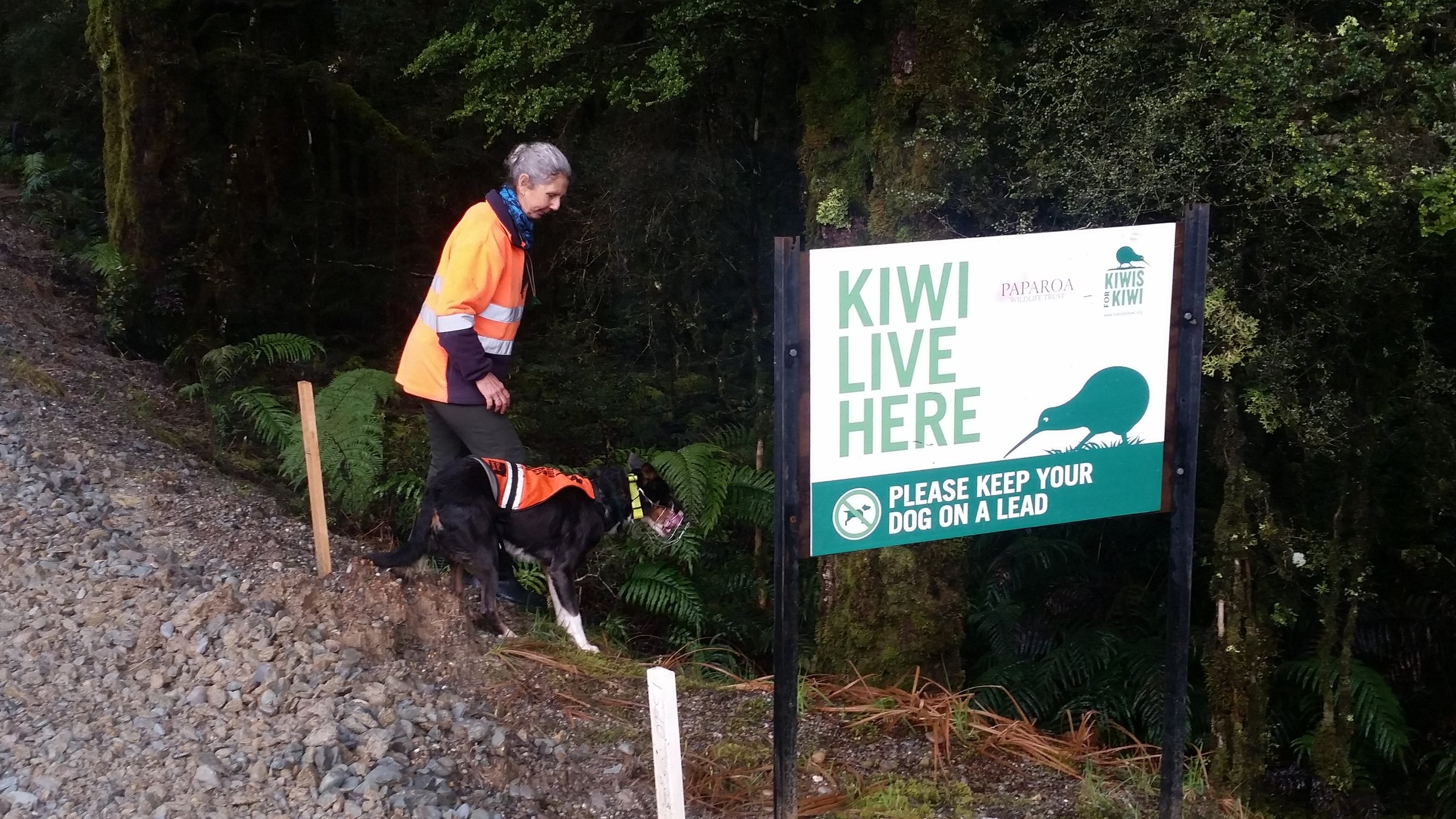
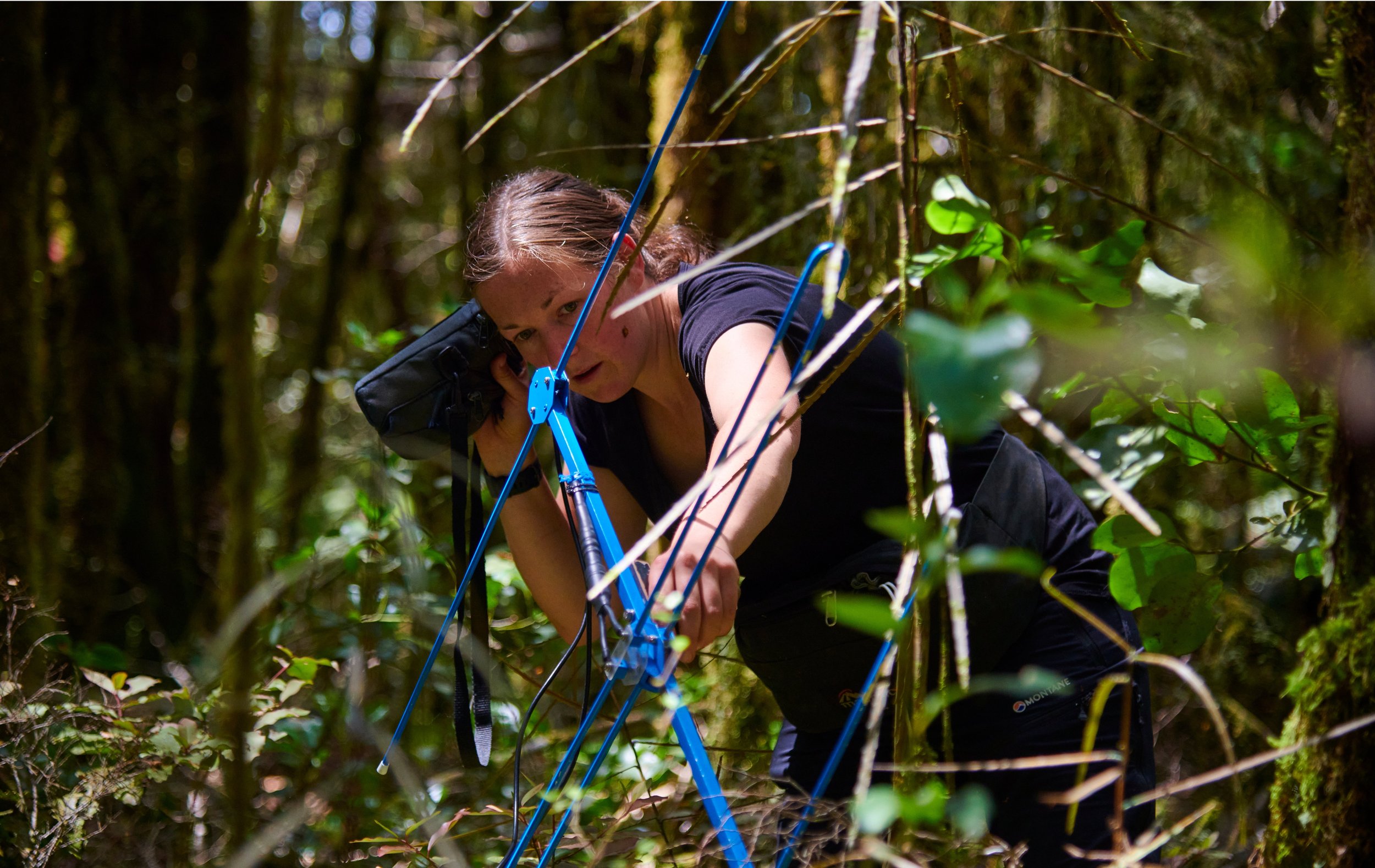
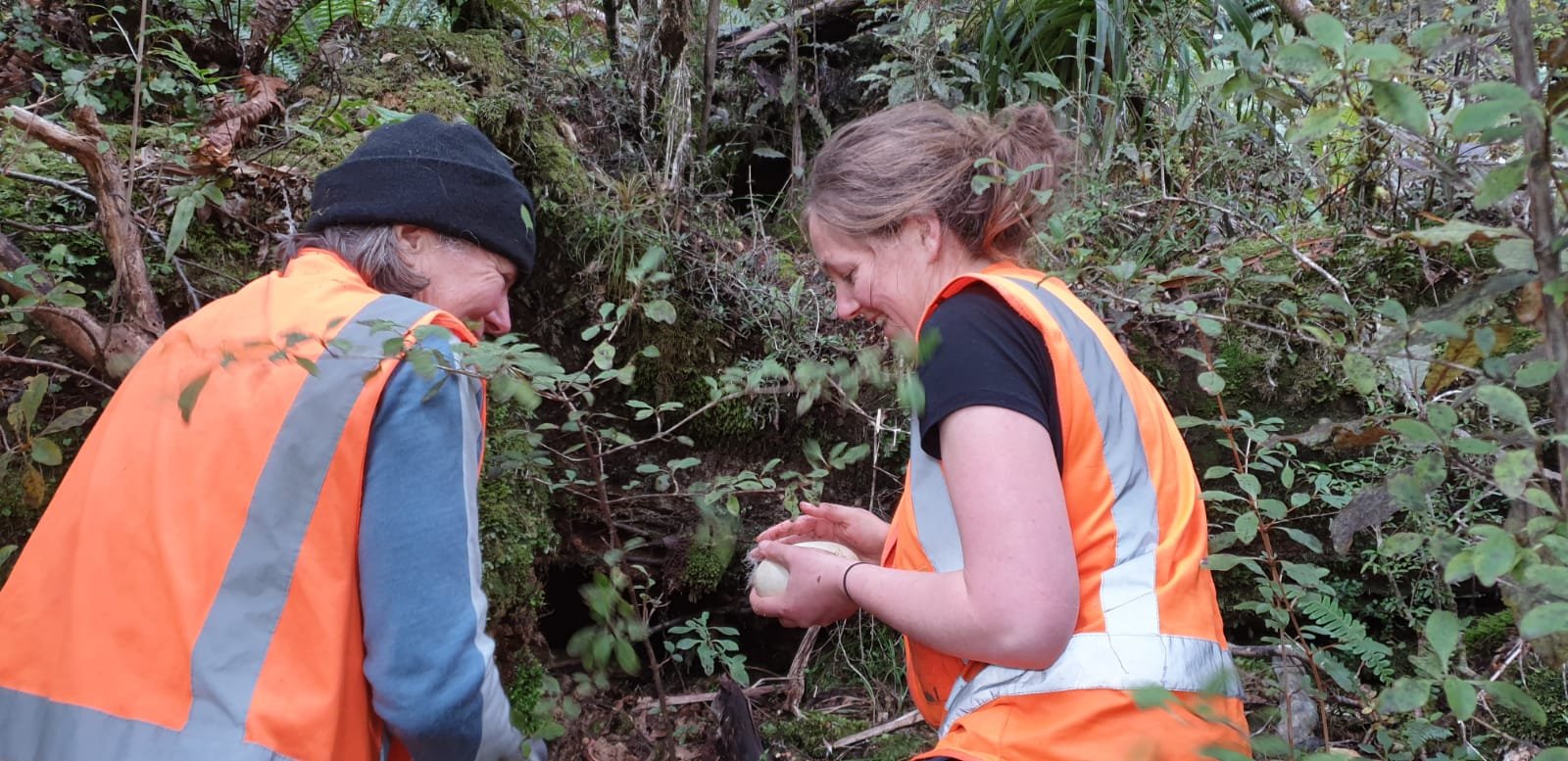
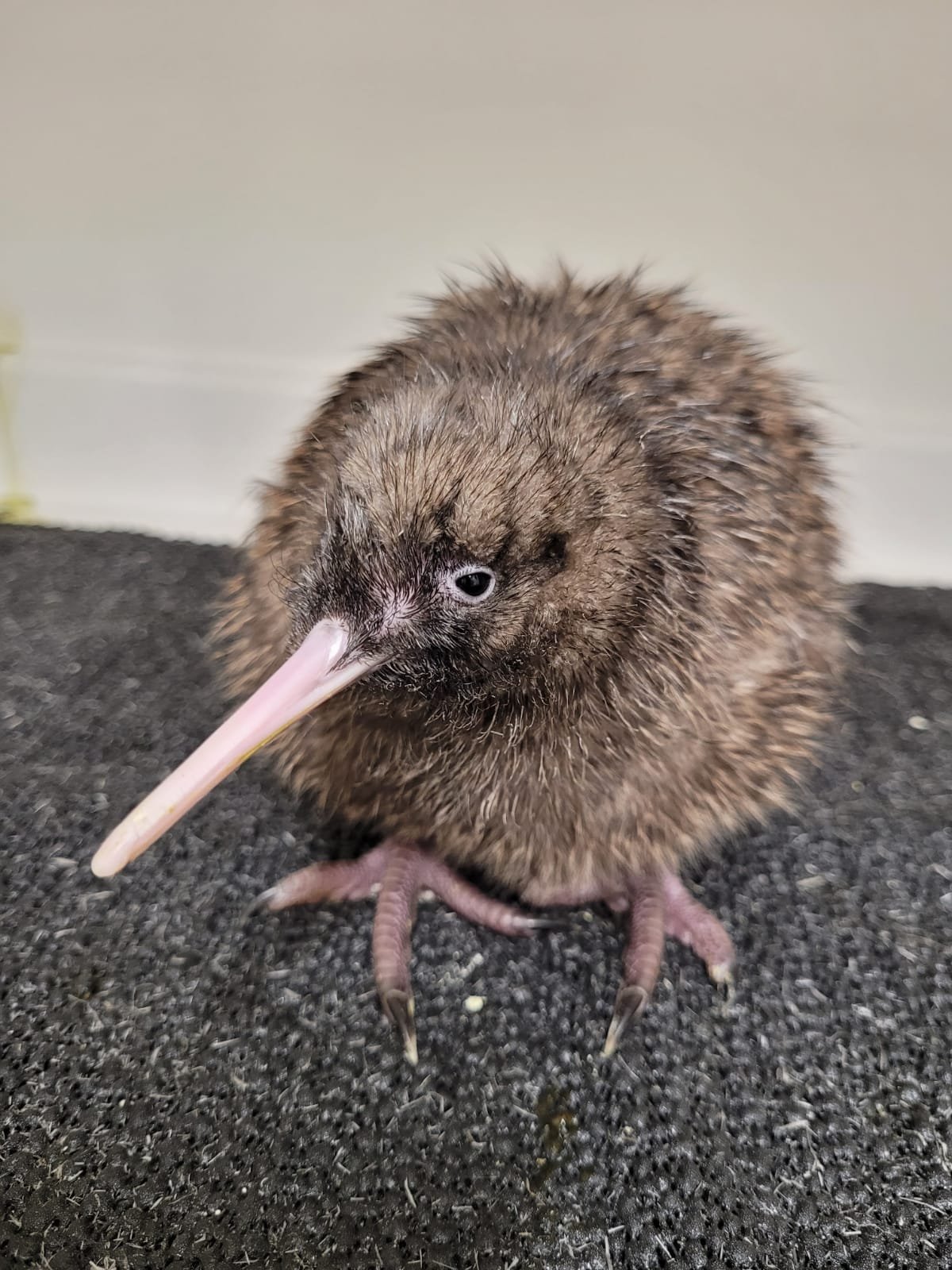
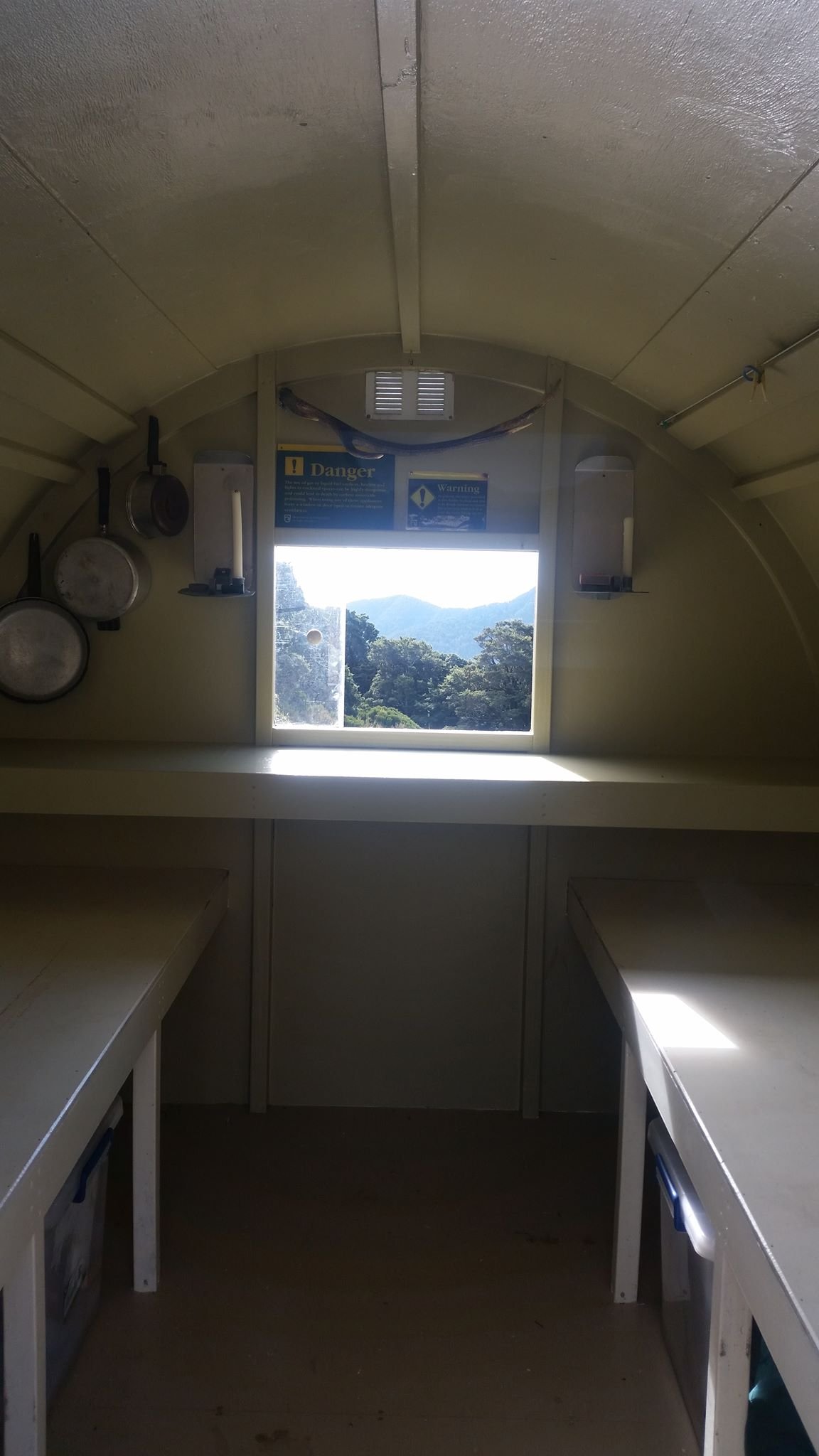
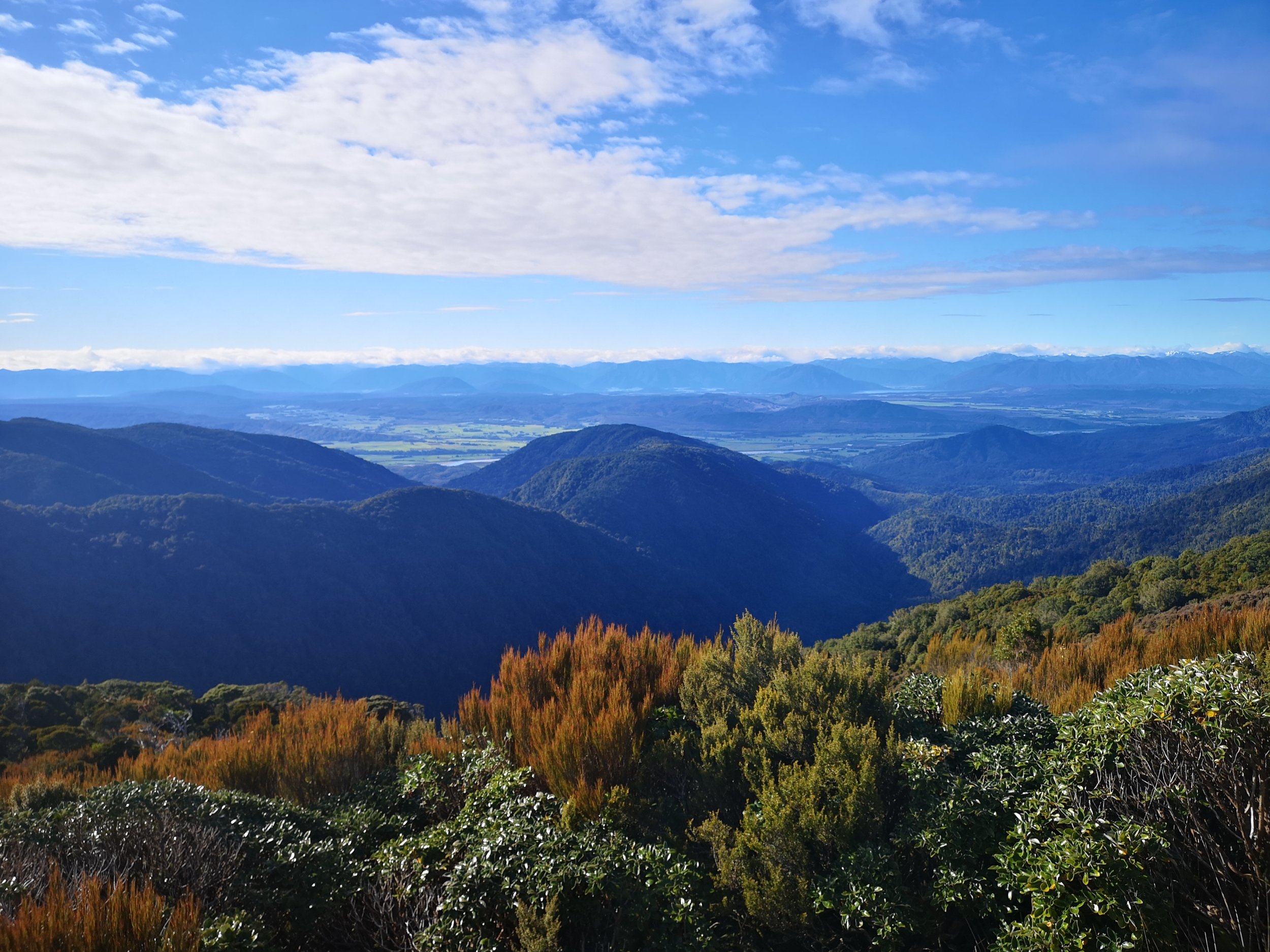
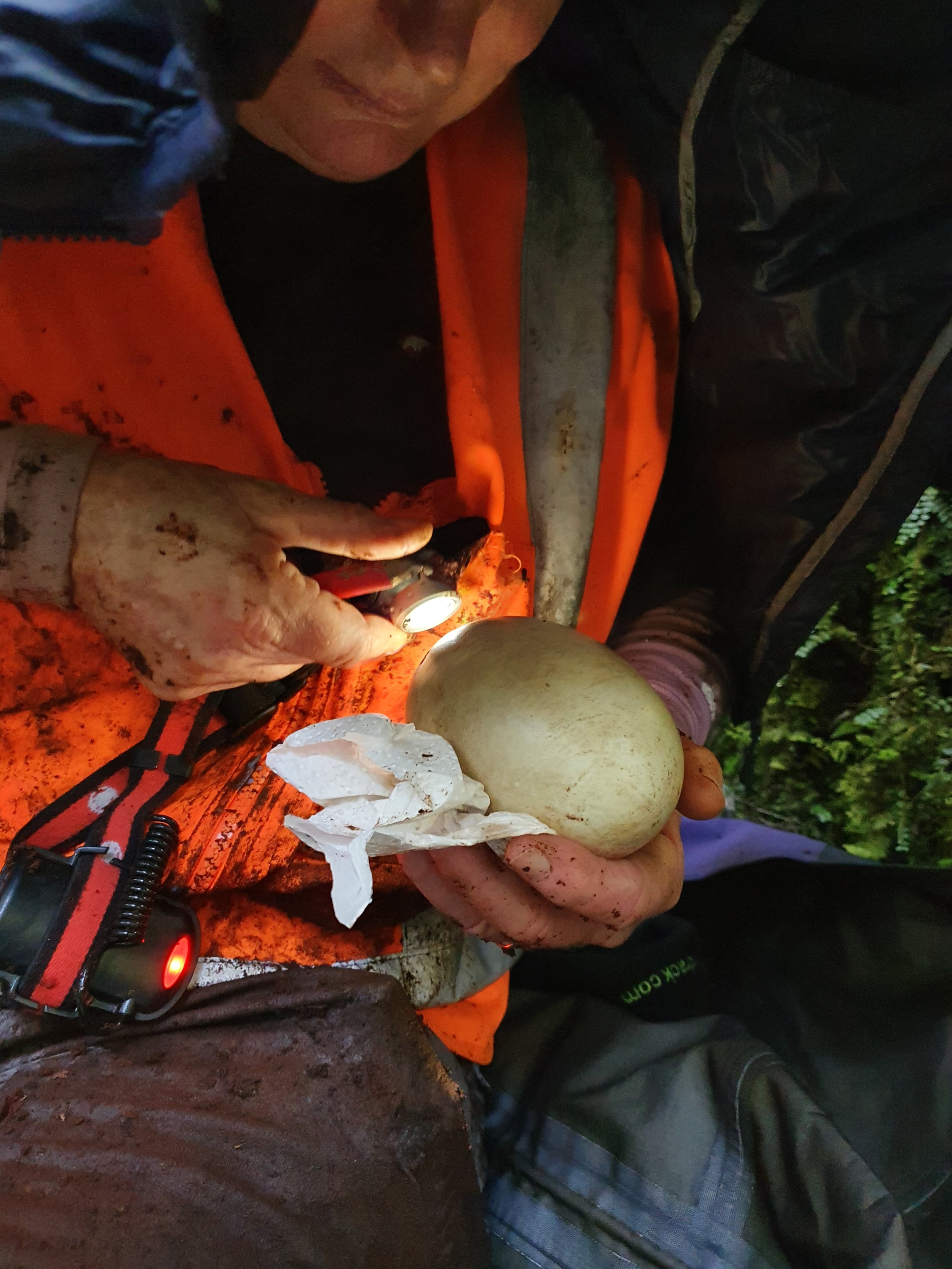
The Atarau Sanctuary kiwi crèche is predator-free zone to raise kiwi chicks. Located in Moonlight, half an hour from Greymouth, Atarau Sanctuary’s 12.5 ha purpose-built, predator-free enclosure supports Paparoa Wildlife Trust’s ONE project by providing a place where roroa chicks can be safely raised until they are big enough to be released and monitored in the wild. Operating since 2010, this is the first land-based predator-proof crèche established specifically for kiwi in the South Island, and the only facility in New Zealand specifically for roroa.
Listen to roroa calls on the Atarau Sanctuary website
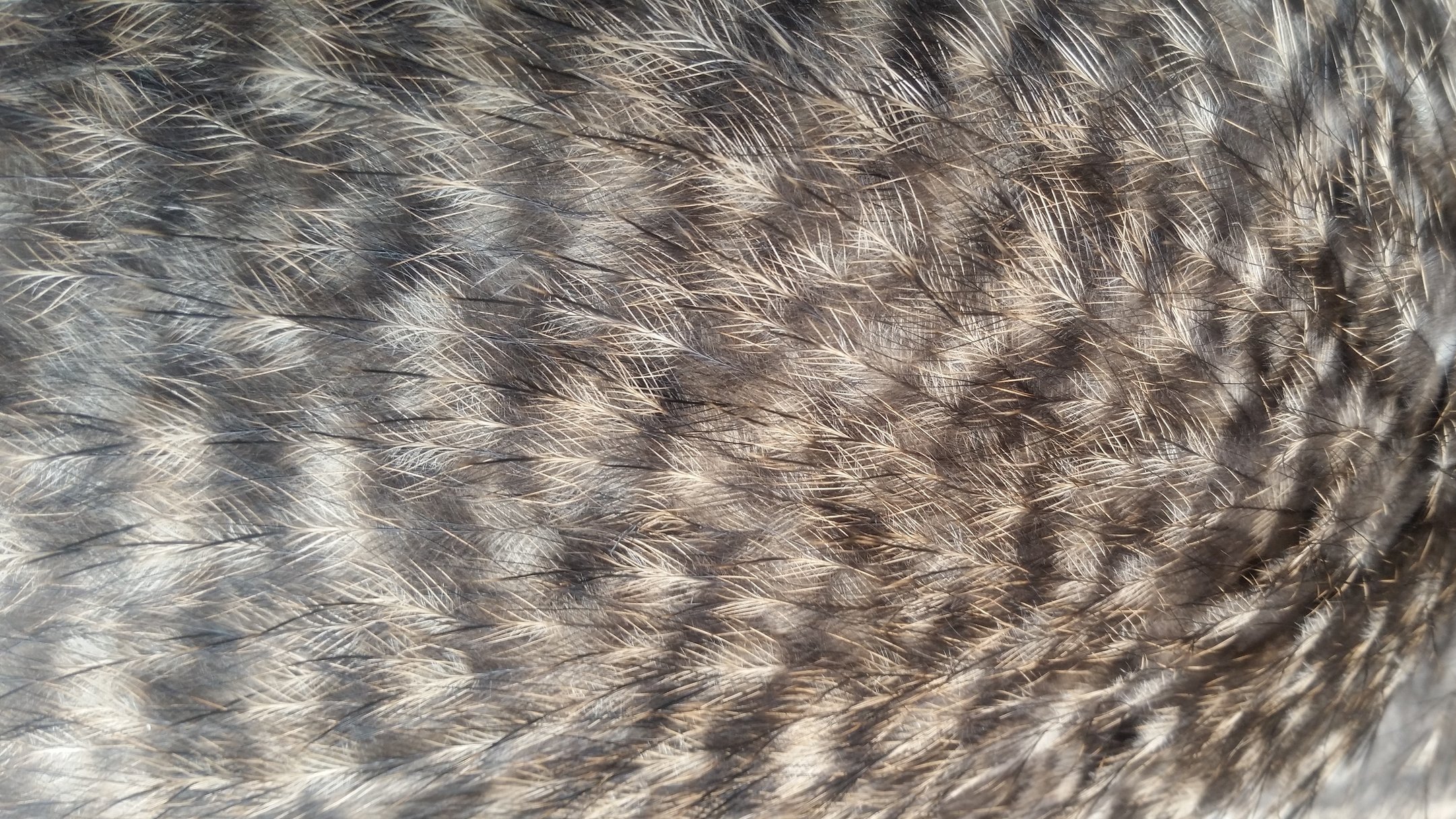
For more Information on Roroa/Great spotted kiwi, check out some of our partner organisations…
Department of Conservation - Roroa/Great spotted kiwi (doc.govt.nz)
Save the Kiwi - Home Page (savethekiwi.nz)
Juvenile rororoa learning how to feed

